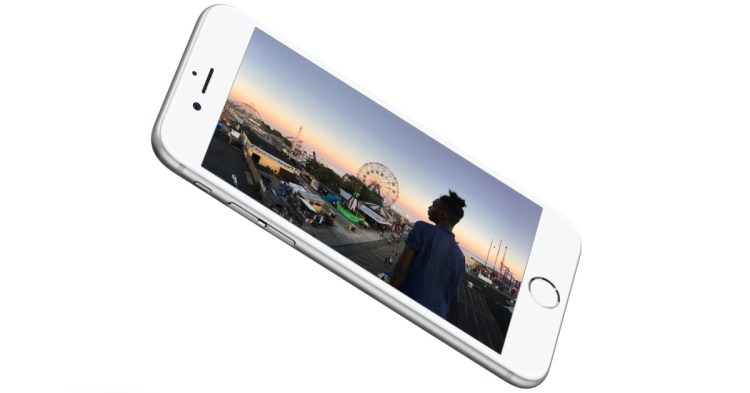For months now, some iPhone 6s and iPhone 6s Plus users have been complaining about their devices displaying an incorrect battery-life percentage. An Apple Support Communities post titled “iPhone 6s Plus battery percentage getting stuck” from September 2015 has received over 100 replies, as iPhone users try to figure out how to resolve the issue.
In a rare turn of events, Apple has acknowledged the bug. The company stated that it “is aware of this issue and is investigating the cause and a solution,” as part of a support document titled “If your iPhone 6s or iPhone 6s Plus battery percentage doesn’t update.”
Furthermore, Apple has offered a temporary fix: Restart your iPhone, navigate to Settings => General => Date & Time, and make sure that “Set Automatically” is turned on.
It would appear that Apple believes this bug is caused when you manually change the time on your new iPhone or change time zones when traveling. This has understandably caused confusion, as the battery percentage indicator should have nothing to do with the current time.
In the original thread discussing the bug, user “jonboom” explained what he was dealing with:
My iPhone 6s Plus battery percentage gets stuck frequently. Like for example, it will say 87% all day, and then I’ll plug it in for an hour, and it will still say 87%.
The only fix I’ve found is to power the phone off and then turn it back on. Then the percentage will update correctly, and will usually continue to update properly for awhile. But eventually it gets stuck again.
In the 3 days since it was delivered on Friday, I’ve had to reboot my iPhone 6s Plus at least four times to fix this issue.
Apple is aware it may be wrong about the cause of the issue. “If this happens again and you didn’t change the time or time zone on your device, contact Apple Support,” the support document states.
Given the finding, it’s likely Apple will squash this bug in a coming iOS software update. Depending on the difficulty of the fix, and on timing, we expect the problem will be addressed in iOS 9.2.1 or iOS 9.3.


